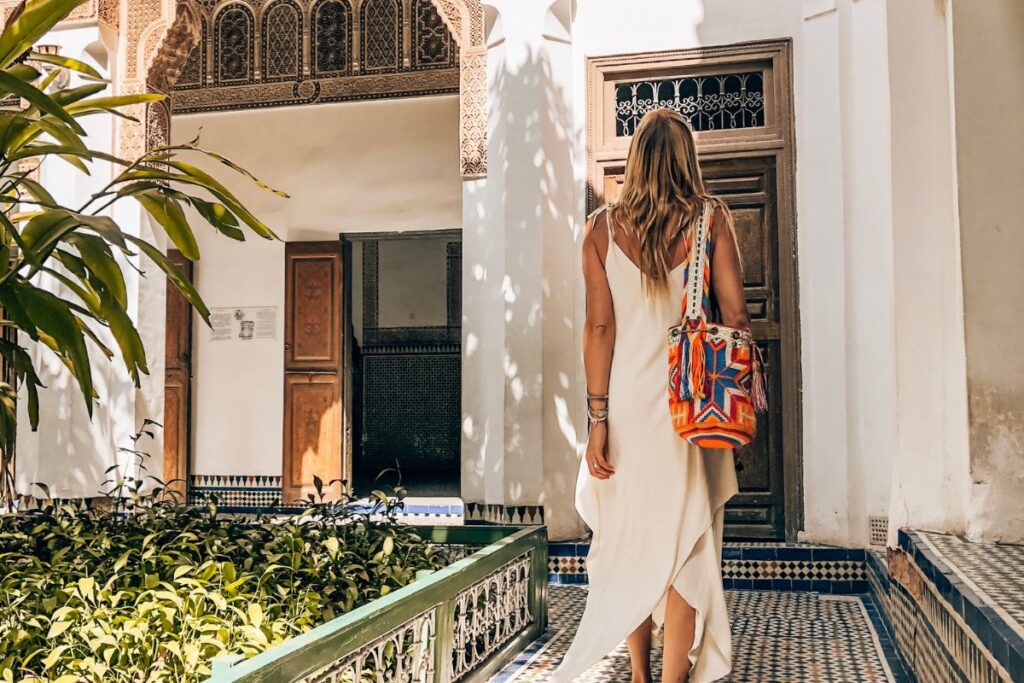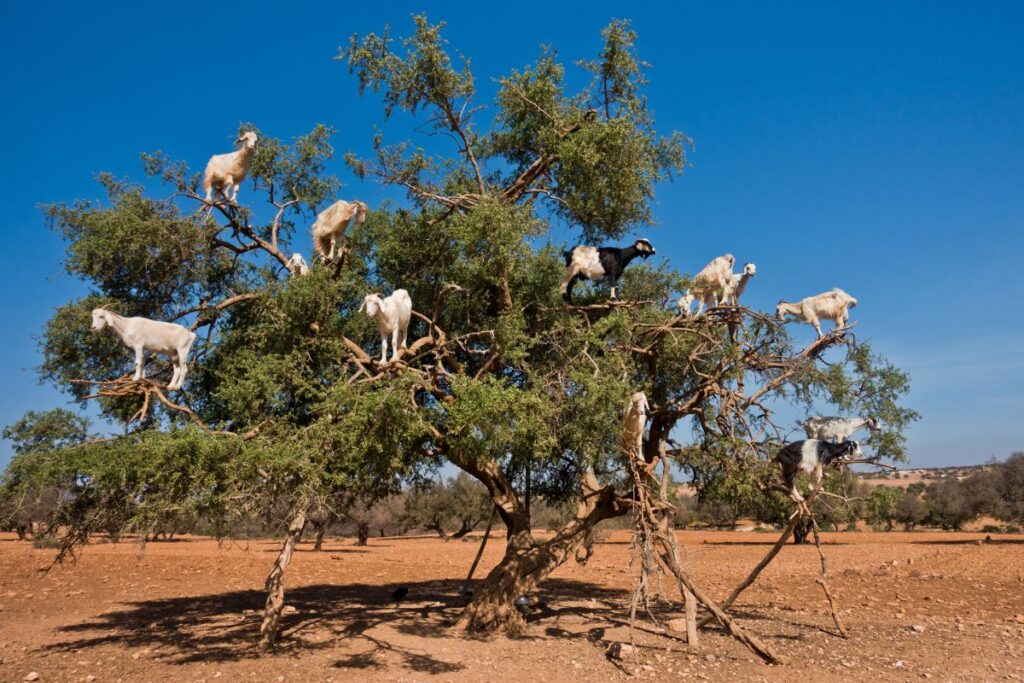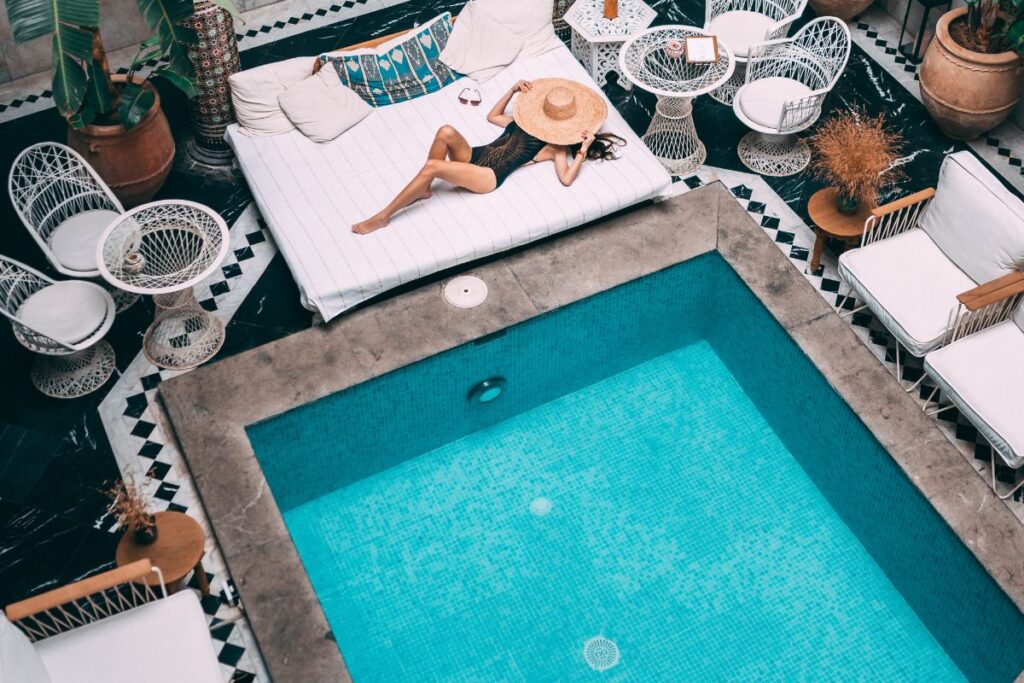Morocco
We present you our 10 Facts about Morocco, things you must know about our lovely country, and it may surprise you!
1. The History of Moroccan people

The ethnic group is originally from Morocco, and the predominant is the Amazigh ethnic group, better known as Berber, with a culture very different from the Arab. The Arab ethnic group and culture, being a minority in Morocco, is the one that has been dominant both economically and politically. So much so that from the seventies, a process of systematic Arabization of the Berber peoples began, even prohibiting the use of symbols and their language. Today there is greater recognition of the Amazigh culture, although it still plays a marginal role.
2. Morocco’s former imperial capital
Morocco’s former imperial capital was Marrakech, where the country’s name comes from. Today the capital of Morocco is Rabat.
3. Politics in Morocco
Another fact About Morocco, it has a parliamentary constitutional monarchy system of government. In practice, say the gossips, the Moroccan monarchy is the one who runs the country since the King has broad executive powers, with the possibility of dissolving the government and Parliament and directing the military forces. The King of Morocco is Mohammed VI, heir to the Arab Alauí dynasty, present in Morocco since 1666.
4. Independence of Morocco
In 1953 Morocco became independent from France and Spain. Spain still maintains two enclaves in Moroccan territory, Ceuta and Melilla.
5. Languages in Morocco

Arabic is official, but the Amazigh language, French, and Spanish are also spoken. The Amazigh language differs from Arabic with its alphabet, which has similar words to Basque.
6. The Amazigh symbology
The Amazigh symbology is based on elements of nature and is present in henna tattoos, jewelry, and in general, in all Moroccan arts. Henna tattoos are a direct inheritance from Amazigh tattoos, which, due to their prohibition in the Muslim religion, are being lost in Morocco. In rural areas, you can still see old women with tattooed faces.
7. The desert of Morocco
The desert of Morocco is the Sahara. This occupies almost all of North Africa and is the largest desert, as big as China.
8. Caravan route and internal transport
Until 1958, trade groups crossed the desert from Sub-Saharan Africa to Morocco on the caravan route. The rise of air transport ended these commercial routes and began an economic decline for all the towns that crossed that route. Today they are dedicated to tourism.
9. Moroccan courtesy
This is an exciting fact about Morocco. Moroccans normally greet each other by shaking the right hand and touching the chest at the level of the heart.
10. Morocco and the neighboring country of Spain

The last and not least fact about Morocco is a neighboring country of Spain, separated only 14 kilometers by the Strait of Gibraltar. You can get there by a vehicle on one of the countless ferries crossing it.
The Lovely country of Morocco
Morocco is very close physically, but it is a very different country on a cultural level. Morocco is the closest exotic destination. If you have the heart of a traveler and you like things differently, we are sure that Morocco will not disappoint you. If your curiosity has piqued you and you want to get to know Morocco, join the group trips we organize to Morocco!
What is the population of Morocco?
Morocco has a population of approximately 37 million people.
What is the official language of Morocco?
The official languages of Morocco are Arabic and Berber. French is also widely spoken.
What is the currency of Morocco?
The currency of Morocco is the Moroccan dirham (MAD).
What is the religion of Morocco?
The majority of Moroccans are Sunni Muslims.
What is the literacy rate in Morocco?
The literacy rate in Morocco is approximately 73%.
What is the traditional clothing of Morocco?
The traditional clothing of Morocco includes the djellaba for men and the kaftan for women.

